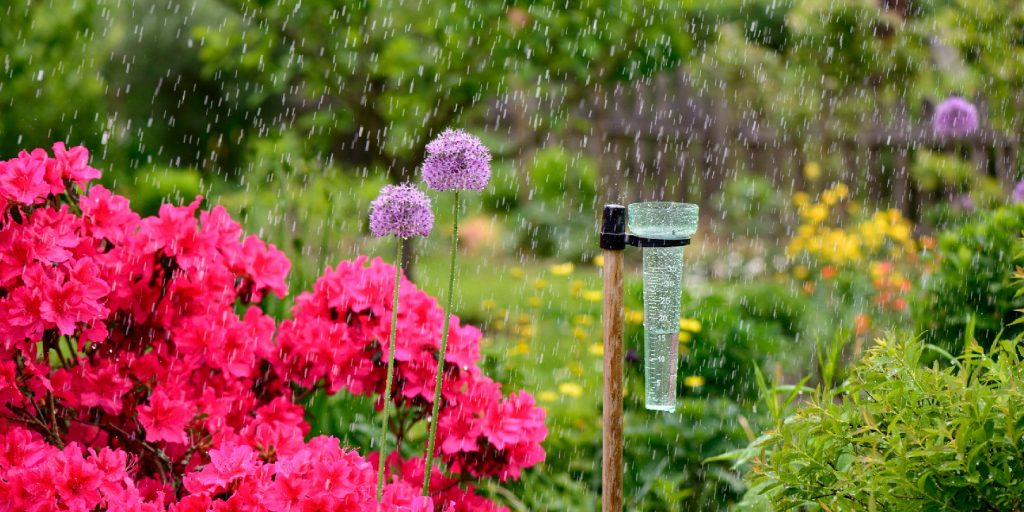What Is a Rain Garden and Why You Should Build One

Are you tired of dealing with all that excess rain runoff that floods your yard every time it rains? If so, then a rain garden might be the perfect solution for you. A rain garden is a landscaped area that captures, stores, and filters rainwater. Rain gardens are great for preventing flooding, restoring groundwater levels, and providing habitats for wildlife.
In this article, we’ll help demystify what a rain garden is, explain why it’s important, and how to build one. We’ll also discuss the different types of rain gardens and how to choose the right plants for your situation. Plus, you’ll learn the benefits of having one and how to get started.
What Is a Rain Garden?
A rain garden is an area of land that captures and absorbs rainwater runoff. It typically consists of plants with deep root systems that help to hold the soil and absorb water from the surrounding areas. The plants then use the rainwater to help to recharge groundwater levels, reduce flooding, decrease air pollution from runoff, and improve local ecology by providing habitat for wildlife.
Prepping Your Site
Before you begin building your rain garden, it’s important to determine the best location and size for it on your property. Ideally, you should place it where it will receive at least four hours of direct sunlight each day and be close enough to a drain or swale to allow water to reach it quickly after rainfall events. The size of your rain garden may also depend on the slope of your land. If you have a steep slope, you will need to build smaller plots rather than one large one due to the increased risk of erosion and flooding.
Once you determine the best location for your rain garden, you should start prepping the area by removing any existing vegetation from the site. Then you’ll need to dig out an area that is about 6-8 inches deep for your soil mix. You should also calculate what type of soil mix is appropriate for your climate zone so that it can absorb water efficiently without becoming saturated or having too much sand content (this will reduce water absorption). After this, you’ll want to add organic matter such as compost to help retain moisture in the soil over time and provide nutrients for plant growth.
Plant Selection
Once you prep your site properly, you can now select plants that are suitable for your climate zone and are appropriate for a rain garden setting, such as shrubs, grasses, perennials, ferns, or trees, depending on the size of your plot. Some popular choices include sedges (Carex), rushes (Juncus), cottonwoods (Populus deltoides), red sumac (Rhus glabra), yarrow (Achillea millefolium), Virginia bluebells (Mertensia virginica), Sweet Flag (Acorus calamus) and many others depending on local availability and soil type.
Keep in mind that different types of plants require different amounts of water, so be sure to research accordingly before selecting them for your plot. Also, be sure to avoid certain invasive species when selecting plants for your rain garden.
Maintenance
After you select your desired plants for the rain garden area, it’s important to monitor them regularly throughout their growth cycle. This will ensure that they remain healthy over time without becoming overcrowded or diseased due to incorrect watering or other environmental factors such as drought or excessive shade.
Be sure to keep weeds out by hand, weeding regularly or adding mulch between plants if they become too overgrown or require more shade depending on species selection.
You can also create a DIY drip irrigation system using drip irrigation hole punchers for more delicate young seedlings.
Conclusion
Rain gardens are not only beneficial for the environment, but they also add beauty to your property. So, if you’re looking for a way to make your property more sustainable and reduce the risk of flooding, then why not consider building a rain garden?